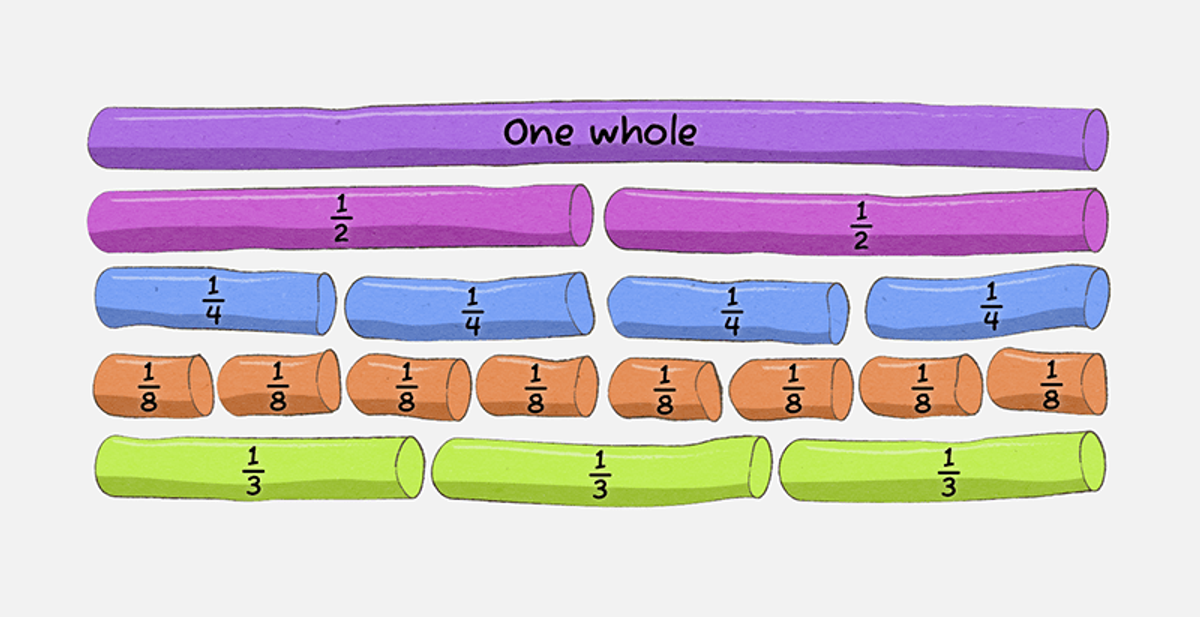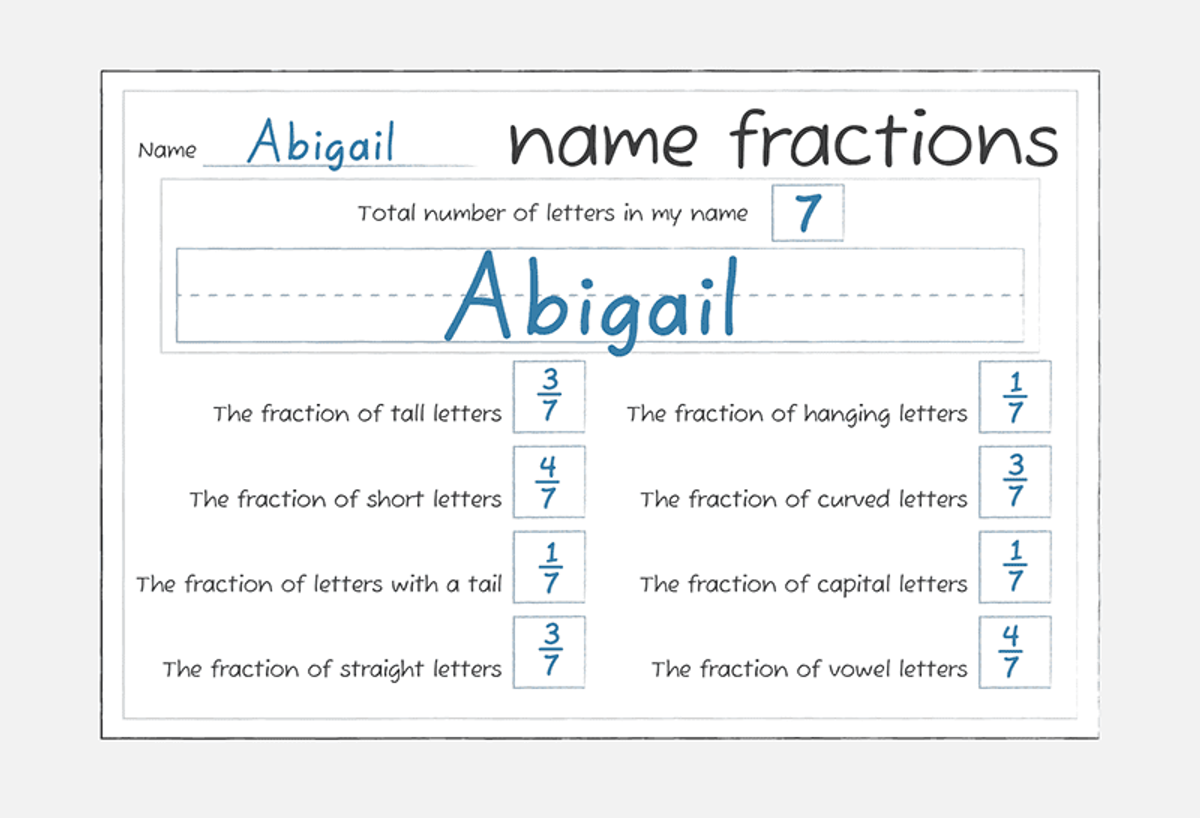Curriculum Updates
News from around the classrooms by our Learning Specialist, Jess Goward.
Artwork by Alkina Edwards' Creations

Curriculum Updates
News from around the classrooms by our Learning Specialist, Jess Goward.
Artwork by Alkina Edwards' Creations
The Premier's Reading Challenge closed last Friday, with 12 students completing the challenge. Congratulations to the following students:


Foundation
George Henderson
Grade 1
Audrey Read
Lola Spicer
Grade 2
Arlo Freeman
Oliver Henderson
Maya Campion
Grade 3
Ella Hutton
Spencer Francis
Martin Carrington
Poppy Spicer
Edward Seager
When the certificates arrive in October, they will be presented at assembly.
One of the easiest ways to help your child improve their fraction skills is to include them when you are using fractions yourself. Fractions come up throughout our days, and it can be as simple as just talking about them with your child. For example, asking if they would like their sandwich cut into halves or quarters, or telling them ‘we will leave for school in ¾ of an hour’ or ‘we are a third of the way to the swimming pool’.
Cooking is a great everyday activity that uses fractions, and there is a tasty reward at the end! Recipes often require partial units of ingredients, such as ½ teaspoon of cinnamon or ⅓ cup of milk. Show your child the fractional amount on the measuring cup and read it out as you are measuring. Older children may be able to read the amount themselves and even help measure out the ingredients.
Talk through how you divide up food between your family members. For example, what fraction of a pizza will each family member get, or if we divide a packet of crackers or box of sultanas evenly what fraction of the packet does everyone get?
Sharing toys can be difficult for kids, but at least we can use the squabbling to help them practice fractions! If your child and their siblings or friends all want to all play with the same thing at the same time (cars, marbles, animals, pillow fort building materials, playdough, kinetic sand – any group of things that can be divided or something that can be cut into parts) help them to share it out equally. Ask them what fraction each of them will get.
You will need:


This activity uses playdough to make a fraction wall, starting with a 'whole’ and cutting up the pieces to make equal parts. Ask your child to:
For an extra challenge, ask your child to have a go at cutting the final log into three equal parts. What do they notice? For example, some children will notice that it is harder to make the parts equal when we are not halving the pieces. It may help to work through a process to make the pieces even, such as by putting the pieces side-by-side to compare them directly, and taking small bits from the largest piece to add to the smaller pieces until they are all equal.


You will need a pen and paper.
This collaborative activity can be done solo or with as many people as you like.
For an extra challenge you can also play it backwards: ask your child to work out the name of a family member based on fraction clues you give them. For example, choose a family name like Nanna, and tell your child that you’re thinking of a name that has ⅕ capital letters, ⅗ consonants and ⅖ vowels. Ask your child to write out different family names as fractions, to work out the right name.